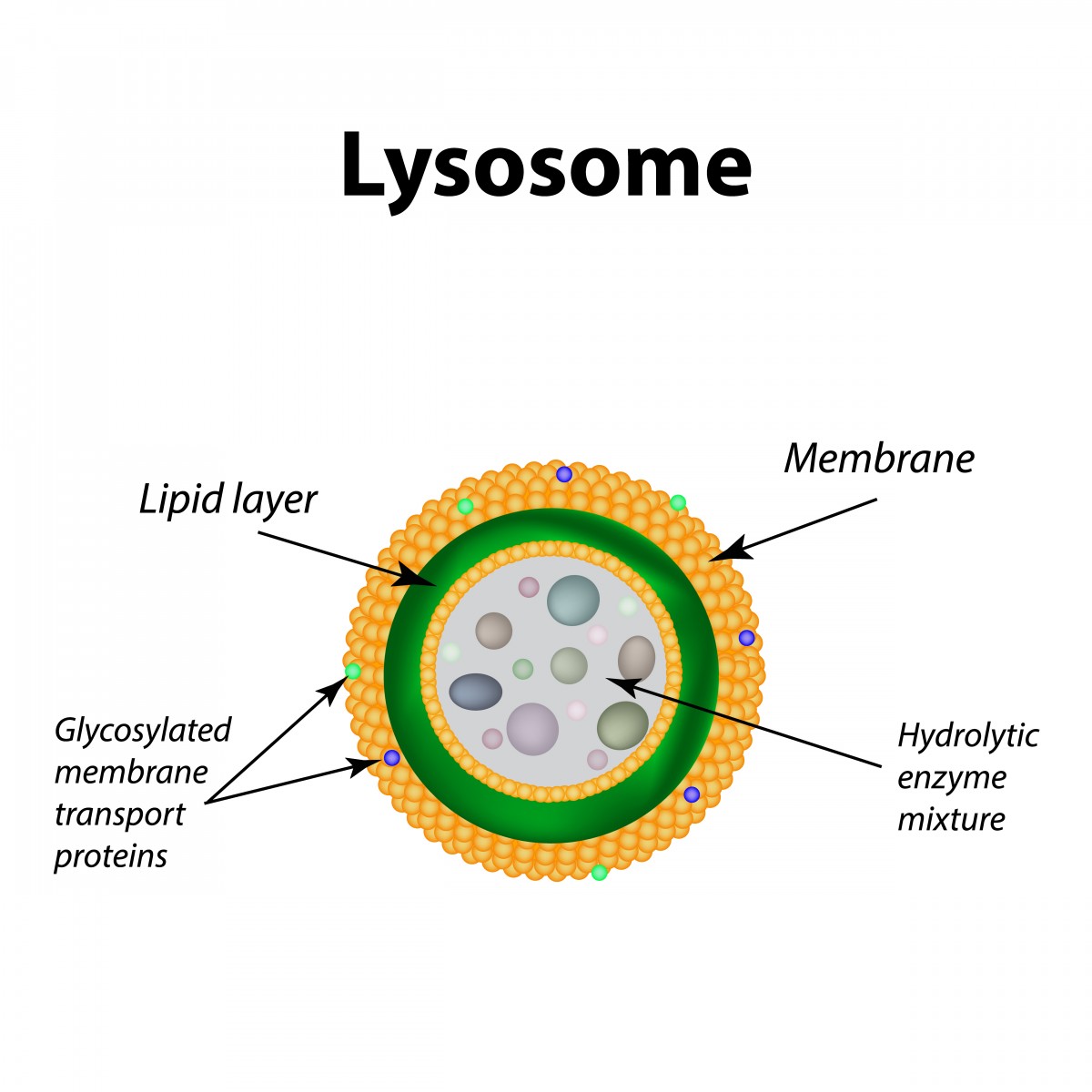Taliglucerase Alfa Therapy is Safe for Certain Children with Gaucher Disease

The enzyme replacement therapy based on taliglucerase alfa has shown a sustained safety profile accompanied by long-term effectiveness in children with Gaucher disease (GD).
The study “Long-term safety and efficacy of taliglucerase alfa in pediatric Gaucher disease patients who were treatment-naïve or previously treated with imiglucerase,” was published in the journal Blood Cells, Molecules & Diseases.
Taliglucerase alfa is an enzyme replacement therapy for treatment of Gaucher disease (GD). Notably, taliglucerase alfa is the first recombinant therapeutic protein totally produced in a suspension of plant cells approved by the U.S. Food and Drug Administration (FDA) for use in both adults and children affected by the disease.
In two completed clinical trials, researchers evaluated both the efficacy and safety of taliglucerase alfa given to children with GD, who have never received any therapy for the disease (NCT01132690), and in those who switch from imiglucerase to taliglucerase alfa ( NCT00712348). They tested two dose levels, 30 U/kg and 60 U/kg, during a treatment period of 12 months. The results showed that taliglucerase alfa resulted in clinically significant improvements in spleen and liver volumes, hemoglobin (Hb) levels, platelet counts, and chitotriosidase activity (a biomarker of GD activity). And, even if patients have been treated with imiglucerase (an analogue human enzyme beta-glucocerebrosidase used in the treatment of Gaucher’s disease) and switched to taliglucerase alfa, they remained clinically stable through nine months of treatment after the switch.
Pediatric patients who completed these previous studies (10 treatment-naive patients and five previously treated with imiglucerase) were enrolled in the extension clinical trial (NCT01411228) with the objective of further assessing the safety and efficacy of taliglucerase alfa in pediatric subjects with symptoms and clinical manifestations of Gaucher disease who completed treatment in previous studies.
Researchers observed that taliglucerase alfa therapy at dose 30 or 60 U/kg resulted in continuous improvements of disease symptoms, including visceral and hematologic (related to the blood) parameters throughout a total of 36 months in treatment-naïve children. The same pattern was observed in adult patients with GD. In the cohort of children who switched from imiglucerase to taliglucerase alfa therapy, researchers observed the same improvement in visceral and hematologic disease parameters during 33 months of treatment. The treatment was, in general, well-tolerated without serious adverse effects.
In conclusion, these results support taliglucerase alfa’s safety and effectiveness, and the maintenance of clinical improvements in treatment-naïve children receiving taliglucerase alfa in the long-term. Moreover, disease stability also is maintained in children switching to taliglucerase alfa after an initial treatment with imiglucerase.



